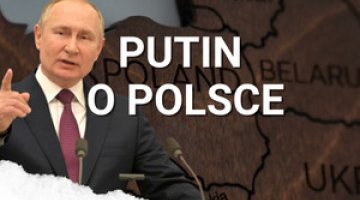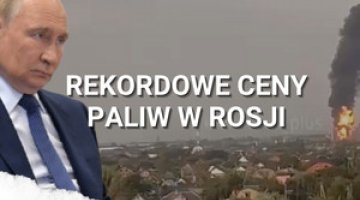Ukrainian military action in Kursk oblast
On 6 August, Ukrainian forces crossed the Russian border and entered the Kursk oblast in the Sudzhansky and Korenevsky districts. Initially they numbered two platoons (a total of several dozen soldiers and three tanks), but the Ukrainians gradually increased their presence. By the evening of the same day, some 400 soldiers, 11 tanks, and 20 armoured combat vehicles were to have crossed the border of the Russian Federation.The entire grouping, together with the men remaining on the Ukrainian side, was estimated at 2,000 soldiers from the 22nd Mechanised Brigade and the 82nd Air Assault Brigade supported by artillery and air defence subunits. The action was preceded by a night-time drone attack and artillery shelling, which continued throughout 6 August.
The Ukrainians made attempts to cross the border in at least four places, of which they succeeded in two. The depth of the incursion is up to 7 km in the direction of Sudzha and about 4 km in the strip between the villages of Nikolaev-Darjino and Sverdlikovo. Four border villages came under the control of the attackers, however, efforts to deepen the breach in the northern direction along the Sudzha-Rylsk road ended with the destruction of the Ukrainian subdivision and were not repeated.
The intruders were resisted by units of the FSB Border Troops and local formations of the Interior Ministry (at least a dozen soldiers were taken prisoner), supported by artillery and aviation of the Russian Armed Forces. They succeeded in halting the march towards Sudzha, however, they were unable to counter the seizure of border towns north-west of Sudzha. The Ministry of Defence of the Russian Federation announced the deployment of army reserves to the combat area. So far, however, the ongoing clashes have not been acknowledged by the Ukrainian command, which has not mentioned them at all in official communiqués.
Commentary
- The actions taken are unprecedented. For the first time, regular units of the Ukrainian Armed Forces (including the elite 82nd Air Assault Brigade, equipped with US Stryker transporters) participated in a diversion on the territory of the Russian Federation, whereas previous incursions were carried out by pro-Ukrainian volunteer formations and special forces. Additionally, the scale and nature of the venture indicate that it could develop into at least a short-term opening of a new section of the frontline.
- From a military perspective, the reason for carrying out this type of operation may have been to relieve the units fighting near Kharkiv. Indeed, it is likely that, in order to quickly salvage the situation in the Kursk oblast, the Russians will redeploy some troops from there. The Ukrainian attack does not pose a significant military problem for Moscow, but it does cause reputational damage.
- It cannot be ruled out that Russia will endure a periodic occupation of a sliver of its territory and will only carry out an operation to oust the adversary after drawing new forces from deep inside the Russian Federation. This is because, militarily, time is playing to the disadvantage of the Ukrainians, who are committing relatively substantial forces to an auxiliary operation undertaking, while they lack reserves in the main areas of conflict. This solution is supported by the fact that, in a similar way, the Russians successfully countered the Ukrainian diversion on the right bank of the Dnieper River, which, apart from periodic propaganda gains, brought only losses.
- Arguably, the main reasons for the Ukrainian army's incursion into the Kursk oblast are political. Kyiv is demonstrating that the army can still take the initiative, including directly threatening the aggressor’s territory. It is noteworthy that the entry into the oblast was synchronised with the landing on the Tendrovskaya kosa, off the Black Sea coast of the occupied part of Kherson oblast; however, this landing proved unsuccessful.
Status as of 7 August, 10 am.





